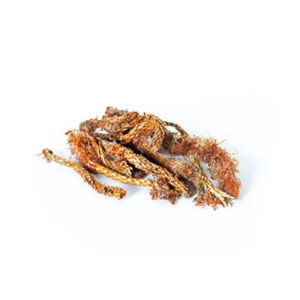Pine buds

Pine, with its unmistakably resinous and aromatic character, offers a compelling addition to the gin botanical palette. While juniper – the essential defining ingredient in gin – already imparts a pine-forward note, incorporating pine elements such as needles, resin, bark, or even cones can deepen and diversify this coniferous profile.
Various species of pine can be used, each contributing distinct aromatic qualities. Scots pine, for example, offers a clean, sharp freshness, while Eastern white pine tends to be softer and slightly sweet. When used judiciously, pine can enhance the forest-floor complexity of a gin, adding depth without overwhelming the balance of the spirit.
One of the most exciting aspects of pine is its seasonal and local expression. For distillers focused on terroir or sustainability, foraging local pine or incorporating wild-harvested needles allows for a sense of place in the final product. This makes pine particularly appealing in gins aiming to capture woodland or alpine themes.
From a technical standpoint, pine can be tricky. Distillation must be carefully managed to avoid harsh, oily, or overly bitter compounds, especially from the resin. Fresh needles often work best when vapour-infused rather than steeped, helping to extract the volatile, uplifting notes while avoiding heaviness.
In terms of pairing, pine harmonises well with citrus (especially grapefruit), rosemary, black pepper, and of course, juniper. It suits both classic and contemporary styles, lending itself to gins intended for sipping neat or for use in winter-forward cocktails such as a pine martini or a forest negroni.
Used creatively and with restraint, pine can elevate a gin with a distinctive, invigorating edge – a nod to nature that resonates with both traditionalists and modern craft drinkers alike.


